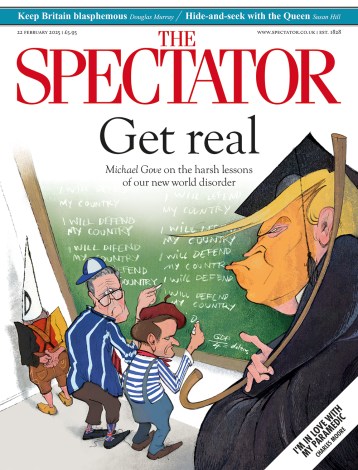Rory Sutherland: Why don’t Americans have kettles?
I enjoy reading reviews of kitchen gadgetry. Clever new kitchen products are often under-appreciated. Many rituals around food preparation are intended to signal personal effort, rather than to produce edible food with a minimum of fuss. There is hence a tendency towards bogus authenticity among amateur cooks which causes them to eschew labour-saving devices in favour of doing everything in a faux-Victorian fashion. Professional chefs, who must produce food in quantity every day, do not suffer this delusion: one Michelin-starred chef, when asked to name his favourite item of kitchen equipment, replied ‘the microwave’. Two new devices I particularly recommend are the air-fryer and the soupmaker. Both are commonplace in




